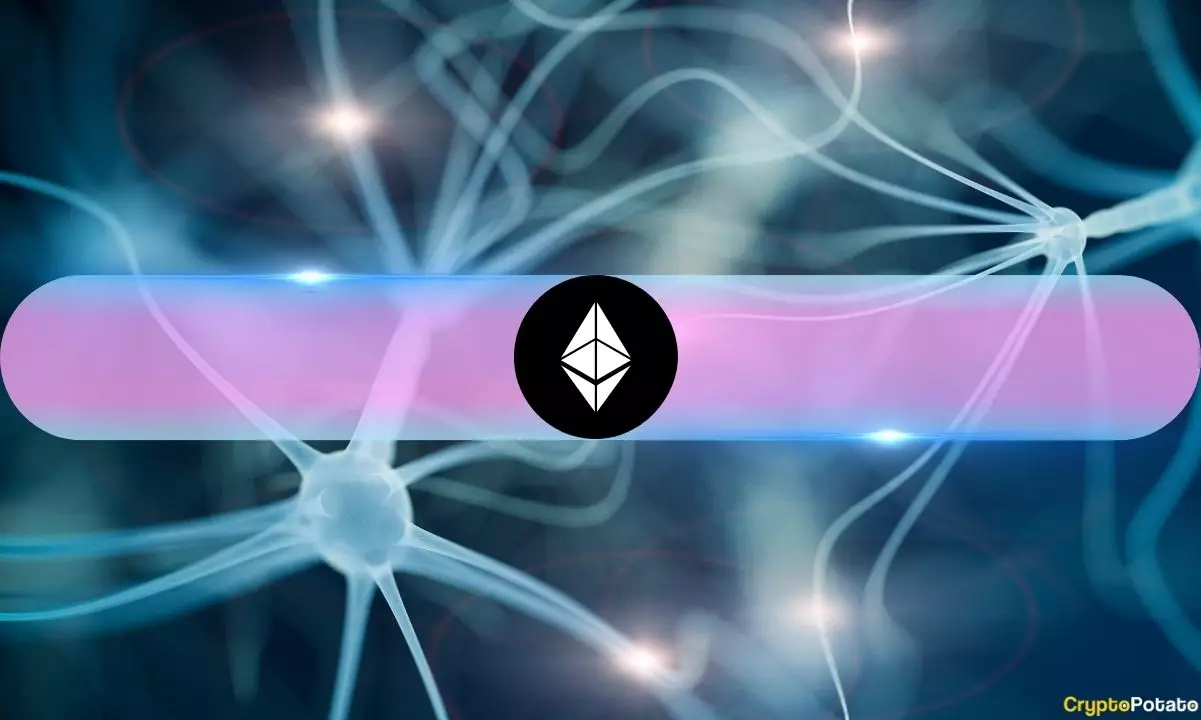Ethereum has long stood as the titan of the cryptocurrency space, lauded for its robust security and versatile applications. Yet, recent findings from Binance Research shine a light on a stark reality: Ethereum is facing increasing competition that threatens its dominance. Solana and the BNB Smart Chain, both known for their rapid transaction speeds and lower fees, are gradually eroding Ethereum’s footing in decentralized exchanges (DEX). Consequently, the once-unquestioned leader in decentralized finance (DeFi) must navigate an ecosystem that is rapidly evolving to prioritize user experience above loyalty to a single chain.
This competitive environment raises a critical question: can Ethereum’s upcoming Pectra and Fusaka upgrades truly translate into lasting scalability, or are they merely a stopgap? While these upgrades are promising, they inevitably reflect a desperation to reclaim relevance in a market that has begun to move on.
Overhyped Promises of Upgrades
The Pectra upgrade, slated for May 2025, may introduce several pivotal Ethereum Improvement Proposals (EIPs), but the excitement surrounding these upgrades can often result in unrealistic expectations. The core improvements aimed at easing existing challenges do present a comprehensive plan to enhance functionality and scalability. Yet, it is essential to remain critical: will these upgrades sufficiently address Ethereum’s inherent problems or simply patch over deeper-rooted issues?
For instance, while EIP-7251 increases the maximum effective staking balance significantly, will this alone counterbalance the fragmented ecosystem driven by soaring fees and lagging transaction speeds? The various EIPs rolled into Pectra seem to grapple with the urgent need for efficiency without addressing the overarching issue of Ethereum’s declining position as a cost-effective layer for crypto payments.
Layer 2 Networks: A Double-Edged Sword
It’s important to recognize the irony in Ethereum’s adoption of Layer 2 (L2) solutions. On one hand, these networks enhance scalability and alleviate pressure from the Ethereum base layer. On the other hand, their rise signifies Ethereum’s diminishing capacity to self-sustain, leading to an existential crisis for the blockchain. The need for a thriving L2 ecosystem suggests that Ethereum must rely on third-party solutions—not inherently empowering for a network originally vaunted for its resilience and foundational qualities.
In a space that prizes decentralization, the existence of Layer 2 solutions creates a fragmented marketplace, potentially weakening the network’s overall position. Developers and liquidity will inevitably gravitate towards platforms that prioritize efficiency, threatening Ethereum’s standing if it continues on this trajectory. How paradoxical it is for a network once exalted for its robust architecture to now rely on externalities for its very survival.
Is Ethereum Losing Its Narrative?
One glaring revelation from the Binance report is Ethereum’s apparent neglect of its monetary narrative. While the Pectra and Fusaka upgrades aim at technical improvements, they fail to bolster Ethereum’s role as a censorship-resistant monetary instrument. Acknowledging this weakness is crucial; the narrative must evolve if Ethereum is to maintain its allure and drive long-term value accrual. As Ethereum pivots towards technical complexity, it risks alienating the very core community that fostered its growth.
Equally disconcerting is the pressure urging Ethereum to compete as a data availability layer. Rivals like Celestia and NearDA are quickly establishing themselves, boasting superior throughput at nominal costs. In a market driven by user experience and cost efficiency, Ethereum’s insistence on project upgrade cycles without addressing user-centric functionalities could result in a significant loss of market share.
A Disconnected Roadmap and Its Implications
Moreover, while the strategy outlined in Ethereum’s roadmap anticipates a future of innovation and growth, it remains divorced from real-world application challenges. Proposed solutions to issues such as repricing the blob market appear uncertain, and improvements to fee structures for L2 solutions are deprioritized. This oversight suggests a broader disconnect from the competitive landscape. In an age where responsiveness and agility drive success, Ethereum’s direction could prove to be detrimental.
In essence, the once illustrious Ethereum cannot afford to treat its status as a foregone conclusion. The promise of upgrades and enhancements is not enough; the network must grapple with its vulnerabilities and evolving user needs. The coming years are pivotal for Ethereum—it’s a race against time and rivals that could very well reshape the boundaries of the entire crypto payment landscape.















